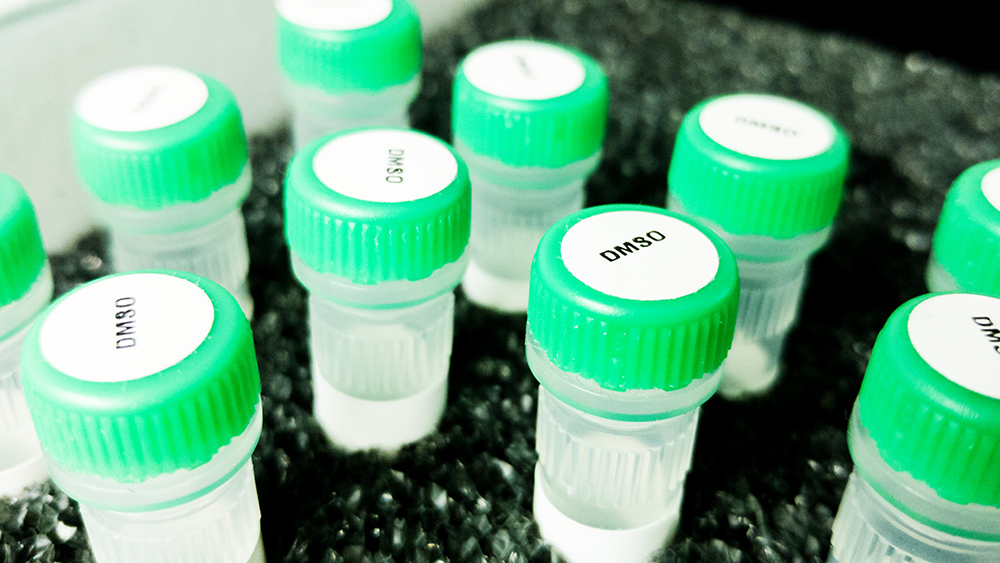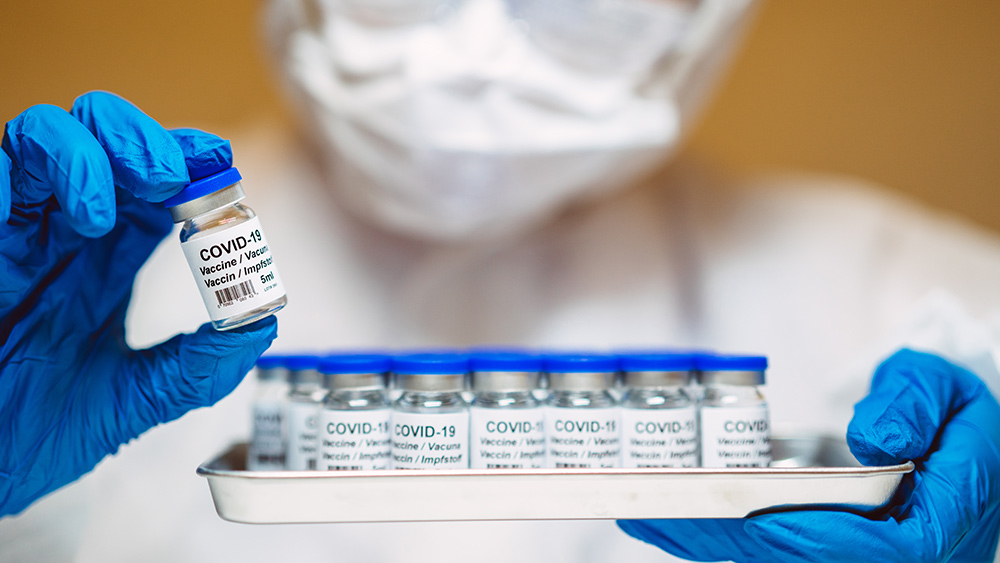- DMSO was first synthesized in 1866 but gained medical attention in the 1960s when researchers Robert Herschler and Dr. Stanley Jacob discovered its ability to penetrate skin harmlessly, delivering drugs directly to affected areas with minimal side effects.
- DMSO showed remarkable versatility, treating pain, arthritis, burns and even mental illness. Athletes and arthritis sufferers praised its effectiveness, and it could be administered orally, topically or intravenously.
- Despite widespread enthusiasm (including a New York Times endorsement), the FDA halted clinical trials in 1965 over safety concerns from animal studies, leaving patients to seek it through unofficial channels while it remained widely used abroad.
- While approved in many countries for various conditions, the FDA only permits DMSO for organ preservation and interstitial cystitis, fueling suspicions of pharmaceutical influence and bureaucratic resistance despite over 11,000 supporting studies.
- DMSO symbolizes both medical potential and systemic failure – a safe, affordable treatment hindered by regulatory barriers, underscoring the need for transparency and advocacy in healthcare.
"
DMSO: The True Story of a Remarkable Pain-Killing Drug" by the late Barry Tarshis (1939-2025) looks at the story of dimethyl sulfoxide (DMSO) – one of immense medical promise overshadowed by regulatory battles and unanswered questions.
First synthesized in 1866 by Russian chemist Alexander Zaytsev, DMSO remained largely overlooked until the 1960s, when research chemist Robert Herschler and surgeon Dr. Stanley Jacob from the
Oregon Health & Science University uncovered its extraordinary therapeutic potential. Their findings revealed a colorless, odorless liquid capable of penetrating the skin without damage, allowing it to deliver medications directly to affected areas – a breakthrough that could revolutionize drug therapy.
DMSO quickly gained a reputation as a "wonder drug," with applications ranging from pain relief to treating serious conditions like arthritis, burns and even mental illness. Unlike conventional medications, it causes minimal side effects, leaving users free from the fatigue, nausea and cognitive impairment often associated with pharmaceuticals.
Athletes use DMSO for sprains and soft-tissue injuries, while arthritis sufferers hail it as the only painkiller that
provides relief without adverse effects. Its versatility extends to multiple administration methods – oral, topical, injectable or intravenous – making it a uniquely adaptable treatment.
The excitement around DMSO reached a peak in the mid-1960s, with the
New York Times dubbing it "the nearest thing to a wonder drug that the 1960s have produced so far." Yet, just as its potential seemed limitless, the
Food and Drug Administration (FDA) abruptly halted clinical trials in 1965 – citing animal studies that linked high doses to eye lens changes.
This decision stunned researchers and patients alike, particularly since DMSO had already demonstrated remarkable safety in human use. Critics, including Sen. Edward Kennedy (D-MA), lamented the FDA's stance. He and others asserted that countless Americans suffering from debilitating conditions were left without access to a potentially life-changing treatment.
The FDA's restrictions led to an underground market for DMSO, with desperate patients sourcing it from veterinarians, chemical supply stores and even roadside stands. Despite the lack of official approval, thousands continued using it, often relying on unregulated commercial-grade versions of uncertain purity. Meanwhile, DMSO was widely accepted and prescribed in Canada, Europe and South America for a variety of ailments – further highlighting the disparity in regulatory approaches inside and outside the United States.
One of DMSO’s most promising applications is in treating arthritis, a condition affecting millions of Americans. Its anti-inflammatory and pain-relieving properties have provided significant relief for many patients, yet formal recognition in mainstream medicine remains elusive. Similarly, studies suggest
DMSO could serve as emergency medicine, reducing intracranial pressure and stabilizing blood flow after traumatic injuries – though human research in this area remains limited.
Beyond human medicine, DMSO has proven invaluable in veterinary care since its approval in 1970, treating conditions in animals much as it does in humans. Even plants benefit from its protective properties, as it helps shield them from freezing and disease.
The
suppression of DMSO raises troubling questions about the influence of pharmaceutical interests and bureaucratic inertia in healthcare. Despite over 11,000 studies supporting its benefits, the FDA has only approved it for two niche uses: Preserving organs for transplant and managing interstitial cystitis. This reluctance stands in stark contrast to its widespread acceptance abroad and the countless testimonials from those who have experienced its healing effects firsthand.
Tarshis' work ultimately captures the frustration and hope surrounding this molecule. While the full truth about DMSO's suppression may never be known, its legacy serves as a powerful reminder of the need for transparency in medicine and the importance of advocating
for natural, accessible treatments.
As the search for genuine healing solutions continues, DMSO remains a symbol of both scientific promise and systemic failure – a drug too effective, too affordable and too disruptive to be embraced by the institutions meant to protect public health.
Watch this video about the book
"DMSO: The True Story of a Remarkable Pain-Killing Drug" by Barry Tarshis.
This video is from the
BrightLearn channel on Brighteon.com.
Sources include:
Brighteon.ai
Brighteon.com
 Parler
Parler Gab
Gab









